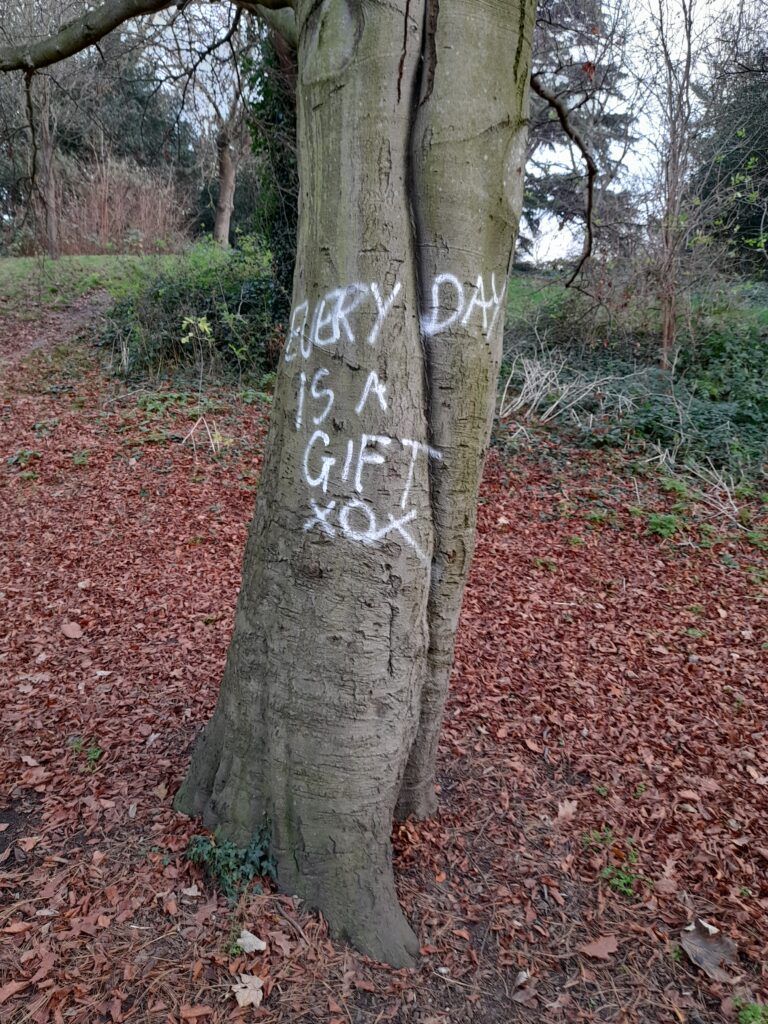
To Bromley Council leader Cllr Colin Smith and Portfolio Holder for Transport Cllr Nicholas Bennett,
Today sees the launch of the 2023 Healthy Streets Scorecard, the fifth annual release by the London Healthy Streets Coalition – a group of health, environment and transport campaigners. The media release associated with the scorecard mentions Bromley as one of the boroughs where further action is needed (1). London Borough of Bromley:
- Is one of three London boroughs with less than 10% of appropriate streets covered by a 20mph speed limit
- Is bottom of the table for parking controls, controlling parking on fewer than 10% of streets
- Is named in the media release as having little or no priority for buses, in contrast to many boroughs with 40 to 50% of routes prioritised for buses (with bus lanes or similar)
The Bromley results conclude with the statement that “without serious ambition from the council, Bromley will continue to languish at the bottom end of the Scorecard” (2).
The Healthy Streets Scorecard shows to what extent London Boroughs are putting in place six key measures which will dramatically improve air quality and road safety, boost active lifestyles and reduce carbon emissions (3). Bromley Council’s Portfolio Holder for Transport, Councillor Nicholas Bennett, has recently stated publicly that “Bromley does not recognise the value of most measures included in the Healthy Streets Scorecard” (4).
We are publishing this open letter to encourage a large, broad and diverse range of Bromley stakeholders to come together to collectively ask Cllrs Smith and Bennett two questions:
- If Bromley residents establish an independent road safety forum as a broad, diverse, inclusive body to replace the Council’s Road Safety Panel which Cllr Bennett disbanded (5), will you engage with this body?
- Why does Bromley Council not see value in many of the measures included in the Healthy Streets Scorecard?
To Bromley Council leader Cllr Colin Smith and Portfolio Holder for Transport Cllr Nicholas Bennett,
Today sees the launch of the 2023 Healthy Streets Scorecard, the fifth annual release by the London Healthy Streets Coalition – a group of health, environment and transport campaigners. The media release associated with the scorecard mentions Bromley as one of the boroughs where further action is needed (1). London Borough of Bromley
- is one of three London boroughs with less than 10% of appropriate streets covered by a 20mph speed limit
- is bottom of the table for parking controls, controlling parking on fewer than 10% of streets
- is named in the media release as having little or no priority for buses, in contrast to many boroughs with 40 to 50% of routes prioritised for buses (with bus lanes or similar)
The Bromley results conclude with the statement that “without serious ambition from the council, Bromley will continue to languish at the bottom end of the Scorecard” (2).
The Healthy Streets Scorecard shows to what extent London Boroughs are putting in place six key measures which will dramatically improve air quality and road safety, boost active lifestyles and reduce carbon emissions (3). Bromley Council’s Portfolio Holder for Transport, Councillor Nicholas Bennett, has recently stated publicly that “Bromley does not recognise the value of most measures included in the Healthy Streets Scorecard” (4).
We are publishing this open letter to encourage a large, broad and diverse range of Bromley stakeholders to come together to collectively ask Cllrs Smith and Bennett two questions:
- If Bromley residents establish an independent road safety forum as a broad, diverse, inclusive body to replace the Council’s Road Safety Panel which Cllr Bennett disbanded (5), will you engage with this body?
- Why does Bromley Council not see value in many of the measures included in the Healthy Streets Scorecard?
We would be grateful if Cllrs Smith and Bennett could please indicate their response to these questions in a public statement, circulated on social media channels.
We are asking these questions because we would like to work collaboratively with Bromley Council to improve Bromley’s streets for all road users. We see something collaborative like this forum as a space where new solutions could be discussed and support for planned improvements could be strengthened.
References:
1. 2023 Healthy Streets Scorecard media release
2. 2023 Healthy Streets Scorecard results for London Borough of Bromley
3. Healthy Streets Scorecard indicators explained
4. Bennett’s responses to public written questions at last Environment Committee
5. Copy of letter announcing closure of Bromley Council’s Road Safety Panel in 2022
Signed,
- Bromley Living Streets
- Bromley Cyclists
Details of how to sign this letter:
If you lead a community organisation, business, school, church or faith-based group and would like to add your organisation’s name to the letter, please email us at bromleygroup AT livingstreets.org.uk
If you would like to add your name to the letter as an individual, please click the link below to sign the letter via openletter.earth. We are using an external platform for individual signatures to ensure that GDPR privacy regulations are adhered to:
https://openletter.earth/open-letter-to-bromley-council-on-road-safety-1dec9a0a
Please note – the platform will send you a confirmation email to validate your email address, check your spam folder if this doesn’t appear in your Inbox.
Please consider sharing this letter on social media to spread the word to other residents, businesses and community organisations.





